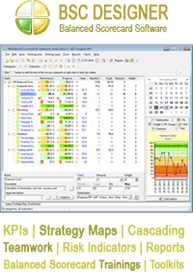SWOT Business Analysis Method
SWOT analysis is one of the most commonly used and highly efficient management tools for strategic planning. In this method, the Strengths, Weaknesses, Opportunities, and Threats that are involved in a business venture or a project are evaluated. To be effective, this method must clearly specify the objectives of the business venture or the project and identify the internal, as well as the external, favorable and unfavorable factors to achieve those objectives. It is believed hat Albert Humphrey, the leader of a convention at the Stanford University between 1960s and 1970s used the data of Fortune 500 companies to arrive at this method.
Normally, strengths are defined as the characteristics of the business that provide it an edge over other competitors in the industry. Weaknesses are the characteristics that are disadvantageous to the company relative to the competitors. Both these factors are invariably internal to the organization. Opportunities are generally termed as external chances that help the company in improving the sales or profits in existing and future business environment. Similarly, threats are the external elements in the business environment that could lead to problems or troubles for the business. However, these two factors could have internal components also like possibility of improving present business processes or strike threats by employees.
Review of this method in Business Analysis Toolkit
The detailed review of this business analysis method is a part of Business Analysis Toolkit. In this review you will learn:
- What problems are solved by this method and how?
- How to use the method step-by-step
- Pros and cons for this method
- Best practices for the method
- Practices to avoid
- Summary about the method


